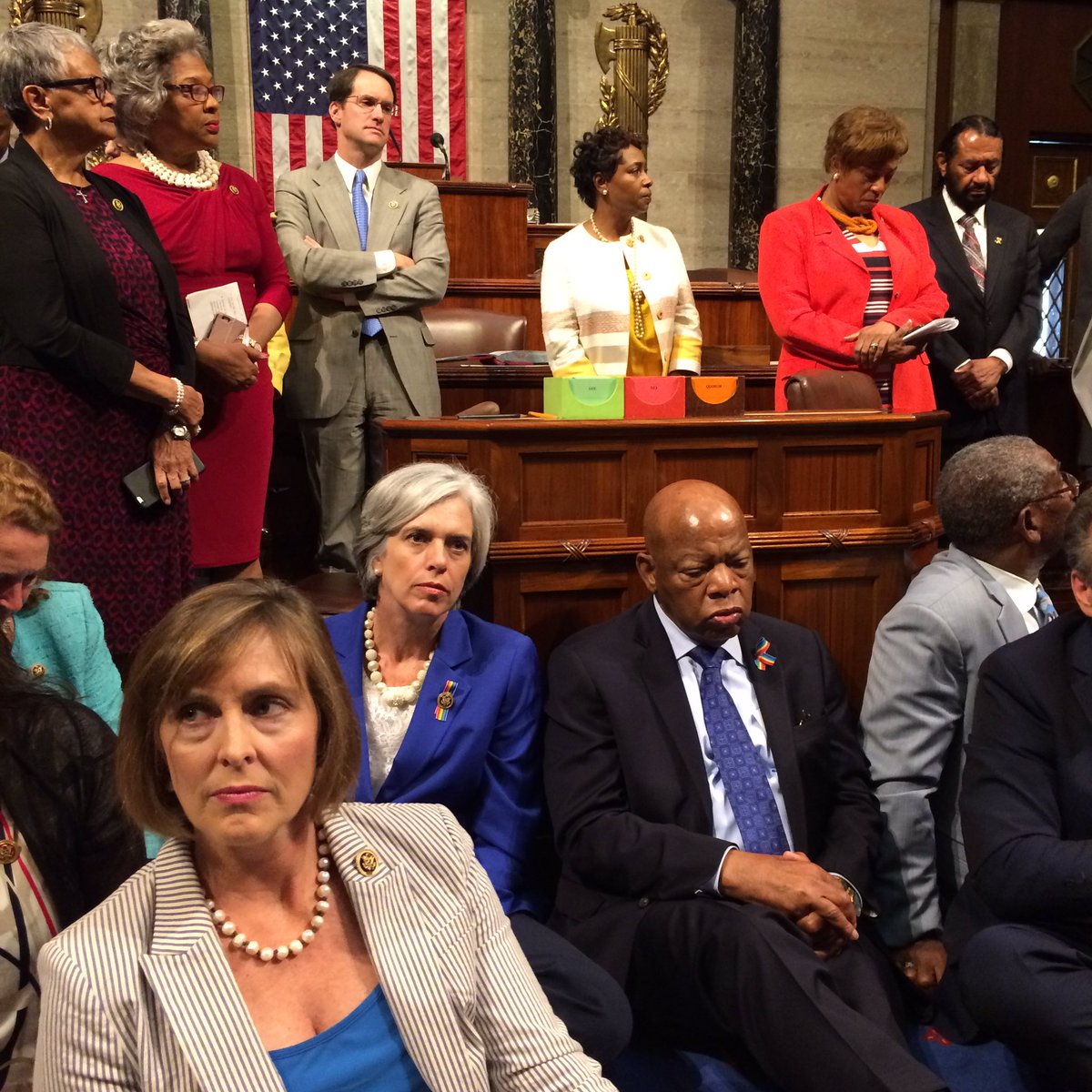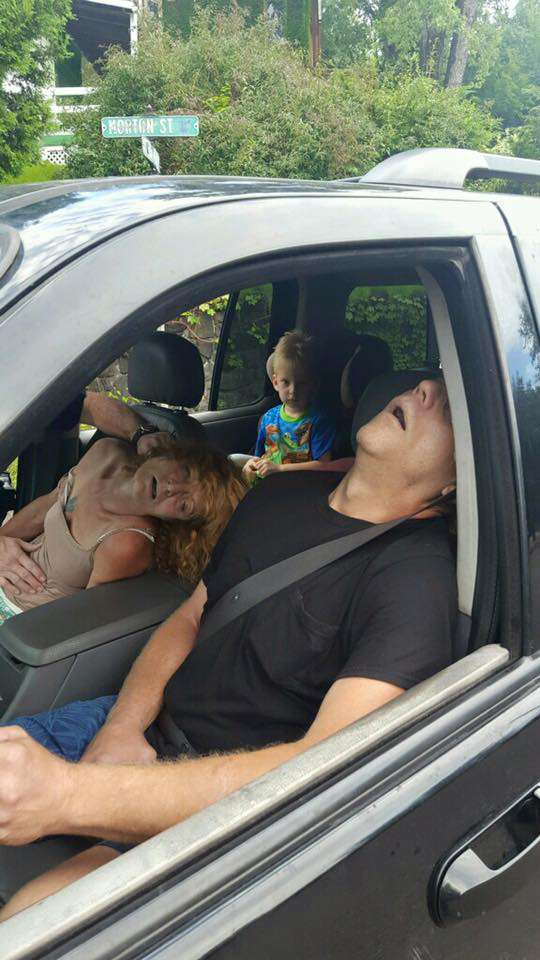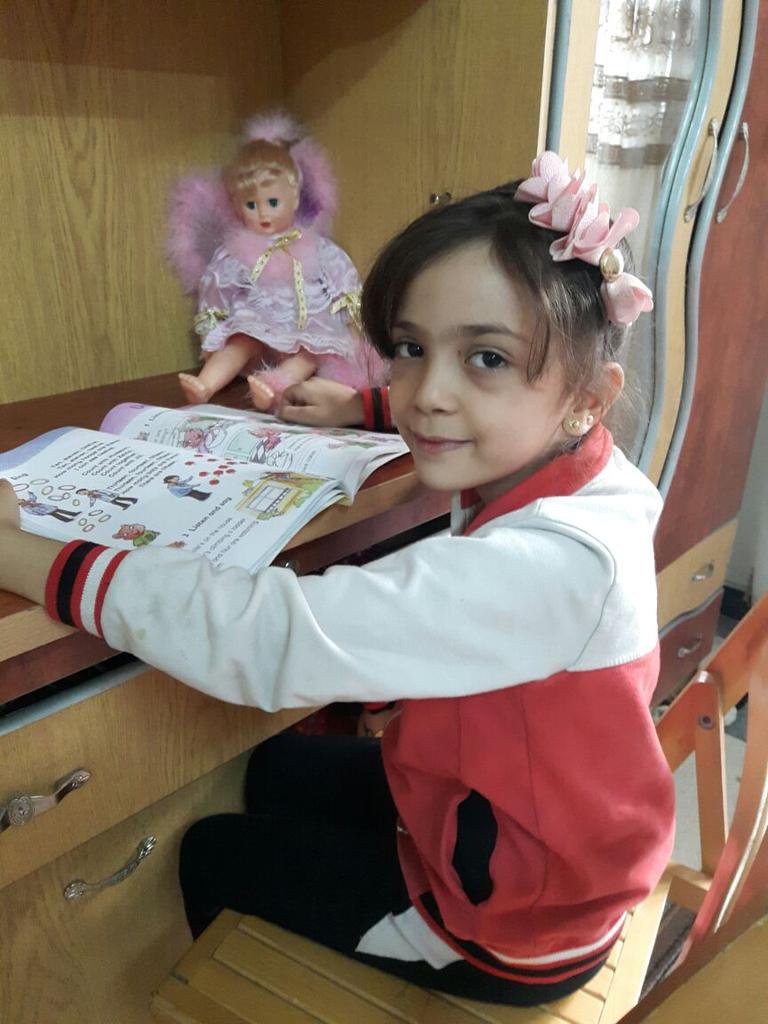The way we see news today is framed by whoever records it first. No longer are network TV cameramen or newspaper photographers the only visual sources at crime scenes or in war zones (and anywhere in between).
The ubiquity of smartphones around the world has made everyone a potential witness and a potential broadcaster: the mother tweeting images from her home ravaged by conflict; the celebrity who livestreams her own arrest; the girlfriend who logs onto Facebook moments after her boyfriend was shot by police and shares the aftermath.
What follows aren’t the most viral hits of 2016, though all of them were shared widely at one point or another. Nor are they the most iconic ones, though all received a large amount of airtime. Rather, this is a glimpse into the ever-evolving methods of newsgathering. On their own, each represents a moment when for one reason or another, the media couldn’t get the angle, perhaps due to speed or access. As a whole, they are a collective nod to the culture of sharing that defines our era.
***
Music, Then Gunshots, in Orlando
The early hours of June 12 were playing out as expected for Amanda Alvear, a 25-year-old enjoying Latin night with friends at Pulse nightclub in Orlando. She was at the club with Mercedez Marisol Flores, a best friend, and had been posting a series of short clips throughout the night on her Snapchat account. It was in her final post that the crackle of gunfire is heard as the music blares. Alvear, in glasses, looks around and is visibly concerned before the video cuts out. More than a dozen gunshots are audible.
Neither Alvear nor Flores made it out of Pulse alive. Alvear’s brother, Brian, later shared his sister’s Snapchats and confirmed her death on Facebook. “It’s surreal to watch,” he said in an interview with ABC News. “As a brother, the first thing you notice is the fear in her eyes. You can tell she’s like, ‘Is this the song?’”
Alvear was among 49 killed, not including the gunman, later identified as Omar Mateen. The shooting, which left dozens more injured, became the country’s deadliest in modern era, with Alvear’s Snapchats serving as prime, terrifying evidence.
***

‘We Didn’t Know What Was Going to Happen’
In the wake of the massacre in Orlando, Democratic lawmakers staged a sit-in on the House floor, demanding a vote on gun-control legislation before Congress began a weeklong recess for the Fourth of July. The effort, following a 15-hour filibuster attempt in the days prior, was led by Rep. John Lewis. While it didn’t stop Republicans from calling the recess, and in doing so shutting down the live feed of floor proceedings, it did encourage lawmakers to use their own smartphones as a conduit.
Among the multimedia to emerge from the House chamber was this picture tweeted from the account of Rep. Katherine Clark, on Lewis’ right. In an interview with TIME, Clark said her frustration with congressional inaction on gun-control after Orlando prompted her to approach Lewis about a response. He suggested the sit-in.
“We knew that C-SPAN had been shut down by Republicans and there were rumors swirling that the Capital Police were going to come and remove us,” she recalled. “We started to use social media to get the message out. It was hard within the Chambers to really know if it was having an effect.” While it didn’t lead to a vote, Clark said it put the lawmakers on equal standing with Americans looking for answers, for some sort of action.
***
‘Shots Fired, Shots Fired’
The second week of July was among America’s most turbulent this year. It began with the latest fatal police shooting of a black man, this time in Baton Rouge, La. Alton Sterling was shot multiple times as he was pinned down by officers on July 5 outside a convenience store, where a claim had been made about a man selling CDs threatening someone with a gun. At least two videos of the encounter emerged, this one coming from Abdullah Muflahi, who owns the Triple S Food Mart.
Muflahi said in a later interview that he quickly shot the video while standing directly behind Sterling, who is bleeding on the ground. One of the officers involved in the shooting is seen pulling a gun from Sterling’s pocket. “As soon as I finished the video, I put the phone in my pocket. I knew they would take it from me, if they knew I had it,” Muflahi told the Guardian. “They took my security camera videos. They told me they had a warrant, but didn’t show me one. So I kept this video for myself. Otherwise, what proof do I have?”
The fatal shooting prompted days of intense protests, leading to an image that would rise as a symbol of the Black Lives Matter movement. The Department of Justice later said it would investigate the shooting.
***
‘Stay With Me’
With those three words begins a desperate scene in Minnesota that would be streamed live on the Facebook page of Diamond Reynolds, the girlfriend of Philando Castile, the latest American black man fatally shot by a white police officer. Reynolds was riding in a car with her young daughter and Castile in Falcon Heights on July 6 when he was pulled over at a traffic stop. After Castile was asked to show his license and registration, an altercation about Castile’s legal-carry gun erupted that would leave Castile fatally wounded, an officer holding the weapon and a distraught Reynolds in the passenger seat, sharing the aftermath live on Facebook with her daughter in the backseat.
In the 10-minute-long video, we hear an alarmingly calm Reynolds describe what happened before she began filming. We hear her call the officer, the man who shot her boyfriend, “sir” multiple times. We hear her daughter, Dae’Anna, try to keep her mother at ease: “It’s OK, Mommy. “We hear the officer’s uses of “fu-k” as it sets in that he’s involved in the latest fatal police shooting to grip America. We hear Reynolds decry her phone being taken away, impairing our eyes of what our ears could still gather. We hear her transition from witness to anchorwoman. All we could do was listen.
In November, the officer who shot Castile, Jeronimo Yanez, was charged with three felonies: two counts of dangerous discharge of a firearm and second-degree manslaughter.
***

‘This Child Can’t Speak for Himself’
This isn’t a typical moment in citizen journalism, given it was shared by law enforcement, but it certainly fits the narrative. In early September, a police officer in East Liverpool, Ohio, came upon a vehicle with an out-of-state license plate “driving very erratic.” Shortly afterward when the vehicle stopped, the officer peered in, finding two adults in the front seats, incapacitated by drugs, and a four-year-old boy in the backseat.
The female passenger, who the officer noted had begun turning blue, was his grandmother. The adults were given Narcan, an overdose-preventing drug, then hospitalized and jailed; the child was later placed with other family members. None of that is exactly news in this small town, among several hit hard by the American heroin epidemic. But it became national news the next day when the city posted the affidavit and graphic photos from the scene on its Facebook page.
The man in the driver’s seat, later identified as James Lee Acord, appears mouth-open as though he fell asleep. The boy’s grandmother, later identified as Rhonda Pasek, is hunched over the center console, looking close to dead. The blond boy in the backseat, wearing a bright blue and green stares at the camera. His face, and those of the adults, are not blurred out. The police department controversially went against standard practice to shield a victim in cases like this.
In the Facebook post, which remains public and has been shared more than 28,000 times, the city explained itself: “We feel it necessary to show the other side of this horrible drug. We feel we need to be a voice for the children caught up in this horrible mess. This child can’t speak for himself but we are hopeful his story can convince another user to think twice about injecting this poison while having a child in their custody,” the post reads. “We are well aware that some may be offended by these images and for that we are truly sorry, but it is time that the non drug using public sees what we are now dealing with on a daily basis.”
The response to the photos were swift, ranging from pleas to stop sharing the pictures to understanding the necessity of showing sensitive scenes. A sister of Pasek told NBC News that the police department “humiliated” her family: “They could have blurred his face and they didn’t. And now they’re taking him away from my sister. I’m not condoning what Rhonda done, but what they did to her and what they’re doing to her grandson is too much.”
***
‘All Right, I’m Being Arrested’
It was Oct. 10, recognized by the federal government as Columbus Day and lesser observed as Indigenous Peoples’ Day, when the actor Shailene Woodley was arrested while protesting the Dakota Access Pipeline at the Standing Rock Indian Reservation. For months in this area where the Dakotas meet, “water protectors” and others who have joined their cause demonstrated against the 1,170-mile oil pipeline that was to cut through the tribe’s ancestral lands—and its main water source.
Woodley, then 24, was recording live on Facebook when she was detained. In the video, which has nearly 5 million views, Woodley questions why she was detained during a peaceful protest: “It’s because I’m well known. It’s because I have 40,000 people watching.” She later pleaded not guilty to one misdemeanor charge each of criminal trespassing and engaging in a riot.
Writing for TIME, in her first full statement about the arrest, Woodley railed against federal treatment of Native Americans and called for solidarity with the water protectors. She expressed a desire for her arrest to act as a catalyst for broader understanding of the country’s indigenous populations, “so that in the future, it doesn’t require a non-native celebrity to bring attention to the cause.” In early December, the government said it would search for alternative routes for the pipeline.
***

‘Good Afternoon From Aleppo’
So begins a Sept. 26 tweet with this picture from Bana Alabed, a seven-year-old in Eastern Aleppo. The account was said to be managed by her mother, Fatemah, and gained international attention as the Syrian city collapsed around them. The first tweet came two days earlier. By December, more than 350,000 followers would keep up with the family. In between pictures and videos of Bana and her brothers, posts about the booms nearby and calls for prayers, there are moments when the war seems to fade, like the loss of a tooth. At one point, Fatemah and Bana called out to British author J.K. Rowling, wishing to read her Harry Potter books. The author later sent the girl e-books to read.
For months, debate went back and forth over the authenticity of the posts. Some questioned why a girl under siege in Aleppo could speak passable English. Others were focused on the mother’s rants against the Syrian regime and its Russian allies. At one point, Twitter denoted it with a blue checkmark, appearing to confirm its authenticity. On Dec. 19, a tweet from the account announced Bana had been evacuated. The tweets until then offered a compelling and rare first-hand account inside the hell that became Eastern Aleppo as pro-government forces advanced on the parts of the city still under opposition control. Before her escape, they read like a long goodbye, never knowing if another 140 characters would come. For Bana, they did.
More Must-Reads from TIME
- Where Trump 2.0 Will Differ From 1.0
- How Elon Musk Became a Kingmaker
- The Power—And Limits—of Peer Support
- The 100 Must-Read Books of 2024
- Column: If Optimism Feels Ridiculous Now, Try Hope
- The Future of Climate Action Is Trade Policy
- FX’s Say Nothing Is the Must-Watch Political Thriller of 2024
- Merle Bombardieri Is Helping People Make the Baby Decision
Contact us at letters@time.com